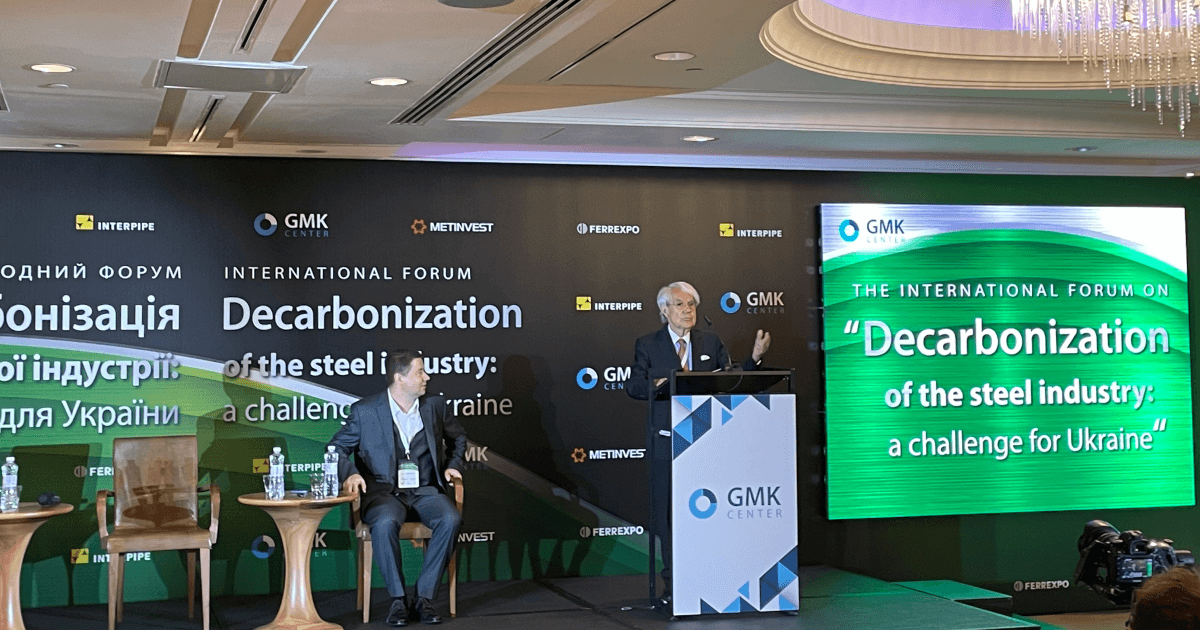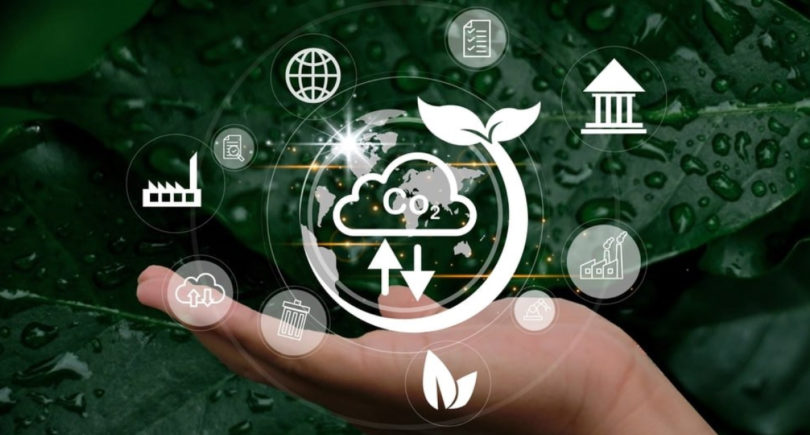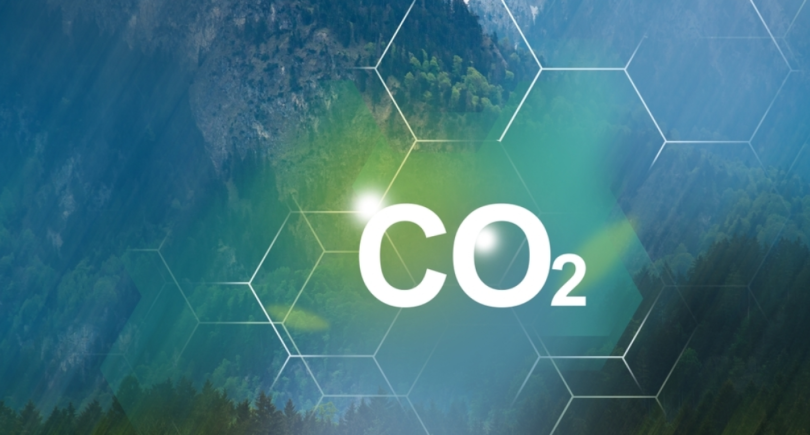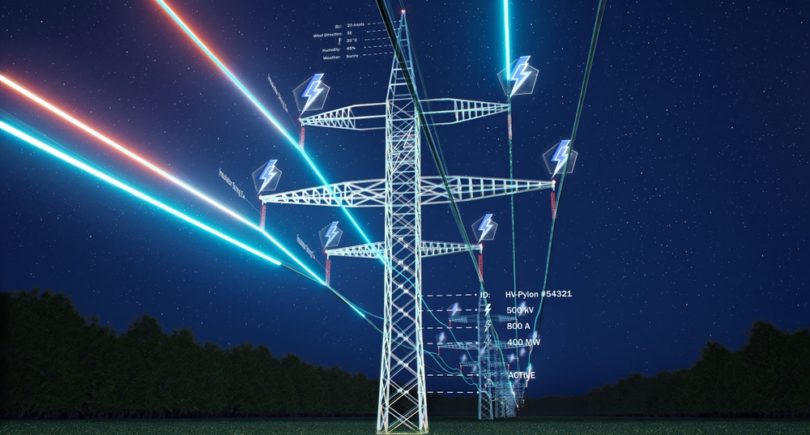
News Green steel decarbonization 7163 21 July 2021
In the steel industry, the first wave of advanced technologies on an industrial scale could be expected in 2035 at the earliest
Decarbonization and its funding are challenging for all countries around the world, and even more for Ukraine as a developing country. Ukraine needs to develop its own decarbonization formula. Emission reduction target can be reached only in full consolidation of positions within the country.
Horst Wiesinger, CEO at Horst Wiesinger Consulting (Austria), Chairman of the Supervisory Board at GMK Center, stated that in his speech at the International Forum on “Decarbonization of the steel industry: a challenge for Ukraine”.
He mentioned that it was 50 years ago, and not now, that Europe acknowledged the importance of integrated environmental protection measures. The first stage involved the collection of environmental data on industrial production. It resulted in the adoption in 1996 of the Directive concerning integrated pollution prevention and control. In 2015, the Paris Agreement on Climate Change was signed. Recently, the European Green Deal program has been adopted, which is the EU strategy towards achieving climate-neutral economy by 2050.
“Such an ambitious goal can only be achieved in cooperation between governments and companies. The initial stage comprises carbon-free steel production technologies, represented mainly by individual solutions and research projects. In the steel industry, the first wave of advanced technologies on an industrial scale could be expected in 2035 at the earliest,” said Horst Wiesinger.
Decarbonization funding, which requires large investments, is the key problem in the steel industry. The EU is ready to partially reimburse these costs under the European Green Deal, understanding perfectly well that a global project of this kind is impossible to implement without government support.
“It is also apparent that decarbonization will increase the cost of production and, as a result, cause a loss of competitiveness of European steelmakers. In order to solve this problem, the EU is set to introduce a Carbon Border Adjustment Mechanism (CBAM), a special tax on cheaper imports from the countries with less stringent CO2 emission standards,” Horst Wiesinger added.
Decarbonization is challenging for all countries around the world, and even more for Ukraine as a developing country. Emission reduction target can be reached only in full consolidation of positions within the country.
“The industrial decarbonization policy was initiated in the EU back in 2000, when the project of the Emissions Trading System (ETS) was introduced. It means that the European industry has had 20 years to adapt. Other countries need to develop their own decarbonization formulas. Their implementation could take decades and have adverse economic impacts,” Horst Wiesinger underlined.
As reported earlier, at the end of the last year, representatives of the EU Member States agreed to cut greenhouse gas emissions in their territory by 55% by 2030 in the framework of the European Green Deal.
In its turn, the Ministry of Ecology and Natural Resources of Ukraine proposed setting a 35% target for reducing greenhouse gas emissions by 2030, i.e. a 65% decrease from the 1990 level, whereas the European Business Association (EBA) estimates Ukraine’s potential for reducing greenhouse gas emissions at 40–45% by 2030.
The prime partner of the forum “Decarbonization of the steel industry: a challenge for Ukraine” was Metinvest, other partners included Ferrexpo and Interpipe.




